Inside Formula 1: Behind-the-Scenes Photography, 1950–2022
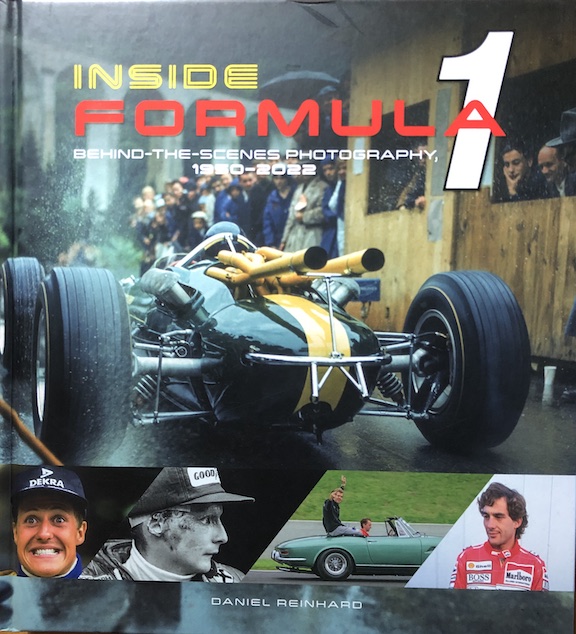
This is our photo of the actual book cover—all the pics on the interweb have the main photo flopped.
by Daniel Reinhard
“It sounds crazy, but if we add up the exposure times of all 320 race shots in the book, this gives us a total working time of 66.658 seconds. My father and I spent seventy years working around the globe to achieve this all-important time. In the process, we always had only one thing in focus: the picture that would outlive us both and tell a story to our descendants.”
A few paragraphs earlier, Swiss photographer Daniel Reinhard remarks that “this book is completely different” from the typical motorsports book whose “focus is on the sport with its results and events.” And it really truly is. And what a stroke of genius on the part of this publisher’s acquisitions editor to have spotted the book on the list of GeraMond Verlag in Germany that had published the original a year earlier, in 2022 (ISBN 978-3-96453-086-8). Even with footing the bill for a properly good translation the price remains an absurdly low $55. If we did silly things like Top Ten lists or gave awards, this book would be on it and get one.
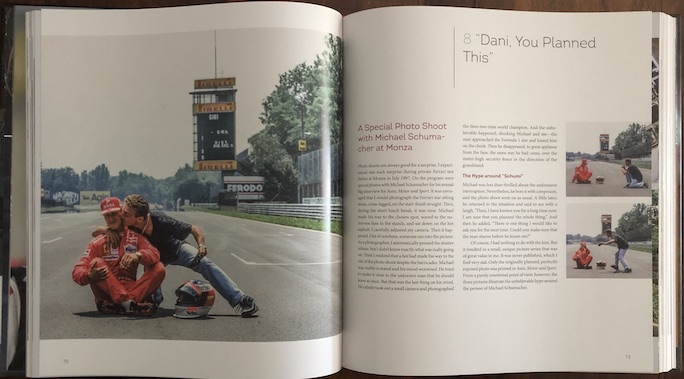
This was the cover of the German edition, and how clever it is: an irritated Schumi being accosted by a fan (kissed, no less) who had jumped the fence during the photo shoot.
It would be so tempting to reproduce just about every photo in the book here, only to make the same point again and again: the man brings humanity to his work—photos about motion with emotion—and also intelligence and integrity, which has a lot to do with his father and even more so, grandfather. It would help to know more about the Reinhards than this particular book can convey, and there are in fact several such books, but if you need a break from books there is a fine 2006 documentary film, Trophäen der Zeit – Die Fotografendynastie Reinhard aus Sachseln (Trophies of Time – the Reinhard Dynasty of Photographers from Sachseln. Look for it on Vimeo; even if you speak German it’ll be a challenge because everyone except filmmakers Barbara Zürcher and Angelo Lüdin speaks Swiss German which is pretty much a separate language).
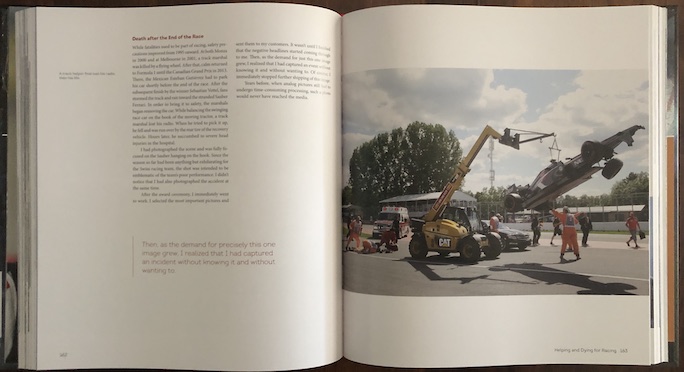
With one glance you apprehend what’s happening, right? Nope. But don’t feel bad—Reinhard himself didn’t see it until a media buzz broke out: the real drama is behind the crane. Backing up, it had knocked down a marshal who would die of his injuries. Out of respect, Reinhard took the photo out of circulation.
Reinhard fils was born in 1960 so the book beginning in 1950 obviously means the photos are not all his. The family archive contains hundreds of thousands of images and the attentive observer can spend quality time parsing both the continuity in terms of their approach to the work and also the differences in terms of the literal Point of View as it is influenced by/tied to technology (film speed, camera mechanisms etc. etc.) and, obviously, the ever changing racing regulations. The book title notwithstanding, not everything here is F1.
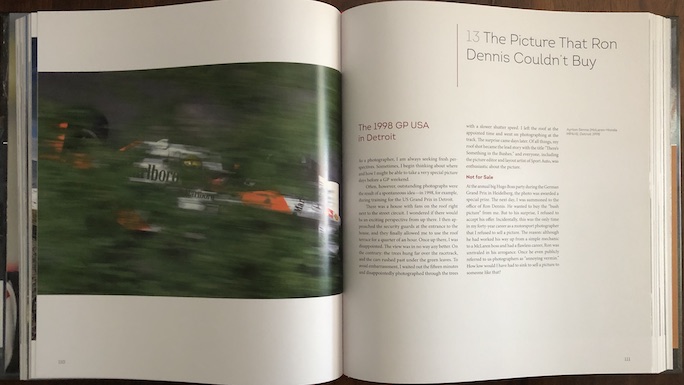
Kinda blurry, you think. Why bother, you think. Reinhard didn’t like it either. To his surprise it was picked as the opening photo in a lead story titled . . . “There’s something in the bushes”! Couldn’t have planned it better if you tried.
Reinhard is a down to earth fellow who calls it like it is. Consider his comment about Ron Dennis wanting to buy this picture: “. . . although he had worked his way up from simple mechanic to a McLaren boss and had a flawless career, Ron was unrivaled in his arrogance. Once he even publicly referred to us photographers as ‘annoying vermin.’ How low would I have had to sink to sell a picture to someone like that?”
The Foreword of the German edition had been been by racing driver Sebastian Vettel but in the English it is by Reinhard himself, and he makes several good points about the journalistic/ documentary aspect of photography. Everything he says is obvious—but only after someone makes the effort to articulate it! For example, the different realities between what the broadcast journalist experiences in the remove of his air-conditioned press box v. the photographer with his “knee against the guardrail” inches away from being decapitated by flying debris; both Daniel R. and his father had close calls, although that is not how the latter earned his nickname “Disaster Sepp”! Another thing is the questionable reliability of the eyewitness account, things you yourself have beheld with your own peepers “change in our memory—through the conscious or unconscious addition of elements.” Been there, done that, and still easy to forget!
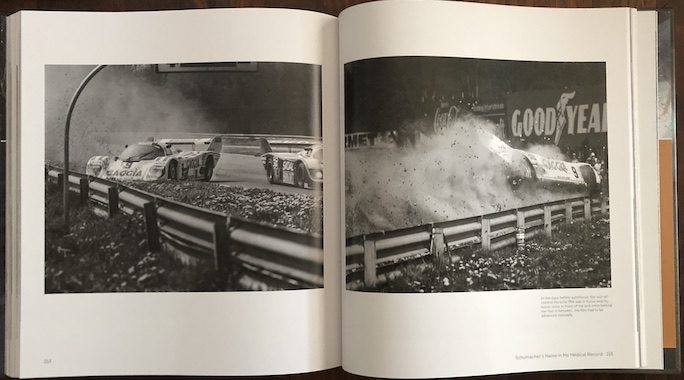
It’s remarkable that Reinhard happened to be standing right where the accident occurred but what’s more remarkable is that he was able to catch the car coming and going, split seconds apart—at a time when cameras had no autofocus or burst mode and film needed to be advanced manually which means having to refocus.
Funny to think that Reinhard was supposed to become a medical doctor (he certainly has a calm bedside manner) instead of turning to motorsports photography (all types), joining his father in 1976 and taking over the baton/tripod in 1979 and then adding commercial and advertising work to his portfolio. Since 1987 he has covered all but two F1 races, marking his 500th race in 2012 which earned him a special plaque from F1 impresario Bernie Ecclestone.

Art? No, mud! It sure looks as if someone went to great lengths to purposefully create this wild image but it is the result of flood water ruining Reinhard’s slides.
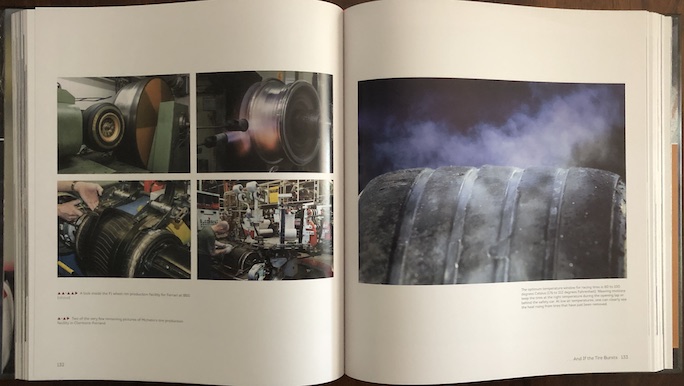
The black art of making racing tires.
This is a photo book so obviously there are plenty of those, but there’s also a lot of really insightful, engaging text. The 32 chapters deal with individual topics, in no discernible order, covering everything under the sun, from the history of motorsports photography to biographical bits to every stripe of racing in all its pomp and glory, drama and, well, the bouts of boredom in which unexpected frivolity may run wild. An additional 8 sections called “Specials” present odds and ends. There’s no Index which is of course a pity. Photo reproduction is very good (the earliest racing photos date to 1946) but what is most remarkable is how well the Reinhards can “read” a scene and decide when and where to and how to take the shot.
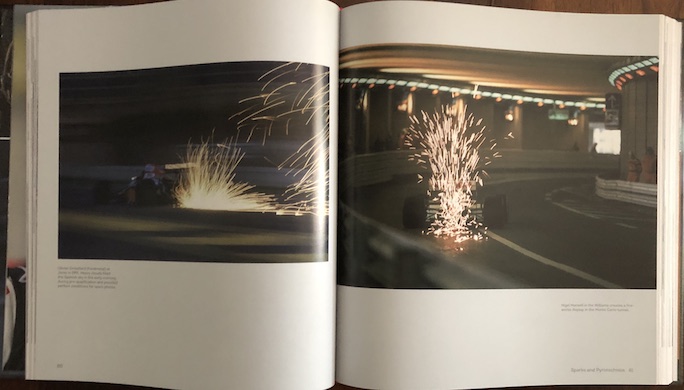
One of the “Specials” deals with Sparks and Pyrotechnics. Can you remember when sparks first flew? (1987) There is nothing simple about capturing such an image. The sparks go where they want to go—all the photographer can do is to be ready. The photo on the following page is even more spectacular (which is why we’re not showing it—get your own book!) and Reinhard chased the perfect moment for 18 months.
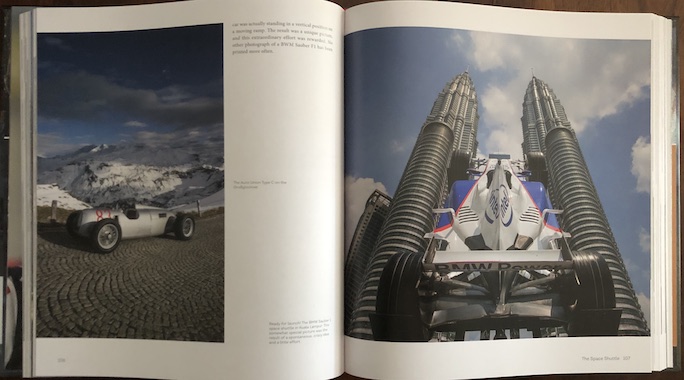
No one ever has just one book about any one thing so let’s not say this should be The One but instead modify it to: if the house burns, this is the one you’ll want to save.
Just to be thorough, there is another book with a very similar title: Inside Formula 1: A Personal Behind the Scenes Look at Grand Prix Racing by Nigel Roebuck (Haynes, 1989).

One marshal has leisure to puff his pipe, another has to jump on a live track.
Copyright 2023, Sabu Advani (Speedreaders.info)


 RSS Feed - Comments
RSS Feed - Comments









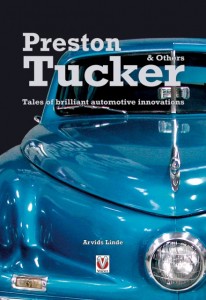
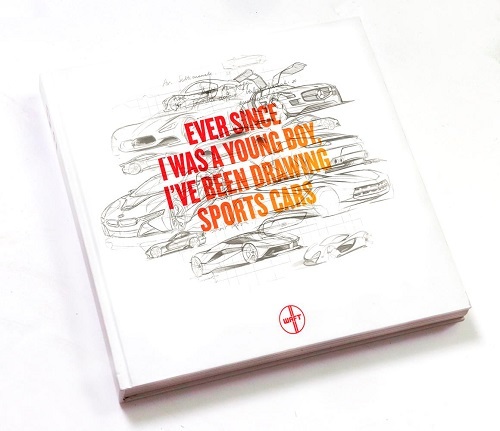


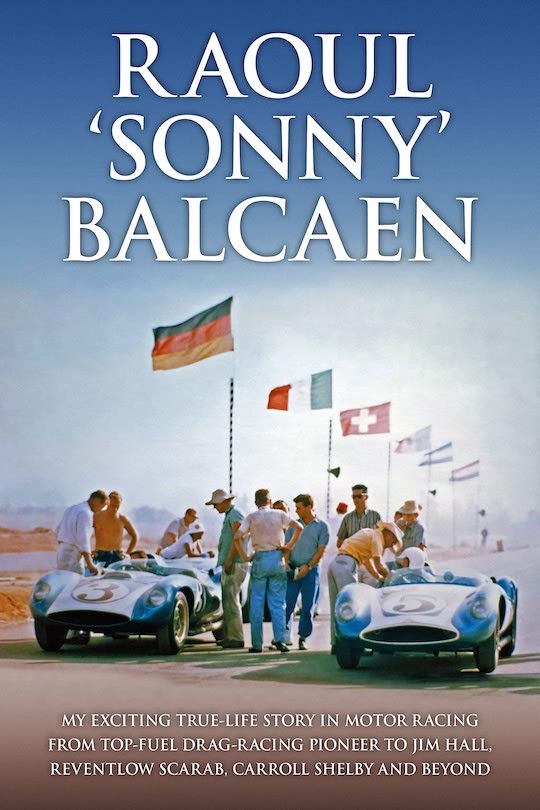

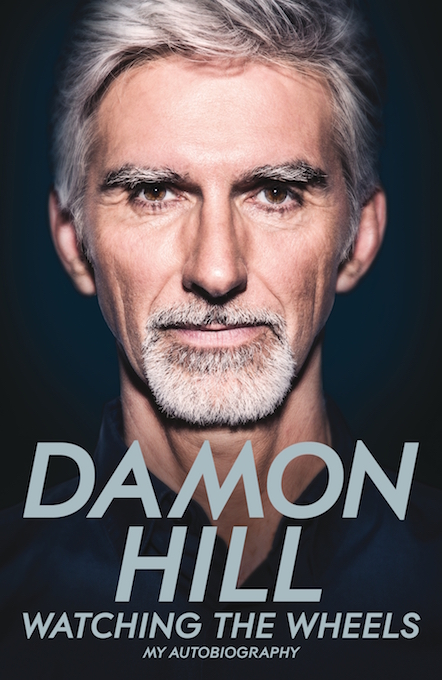



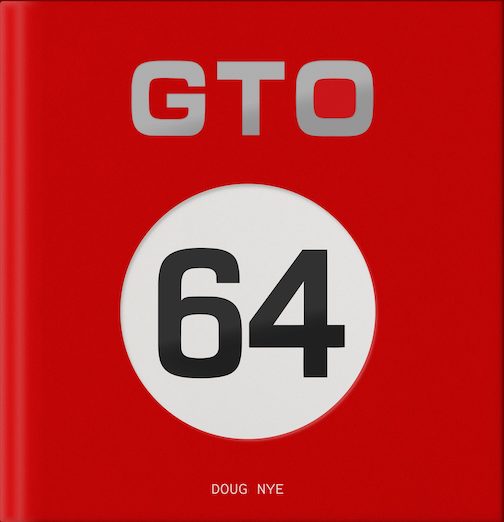




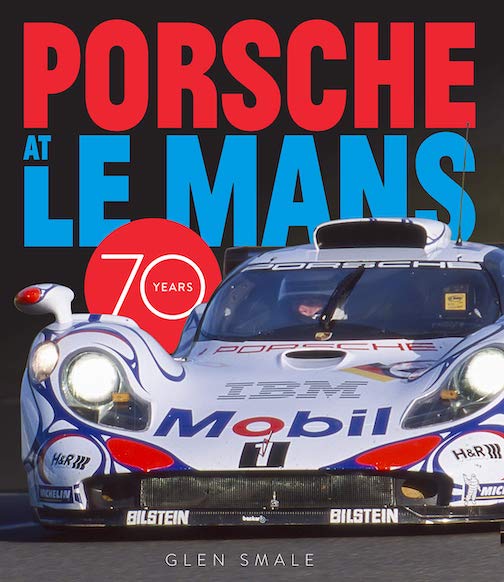




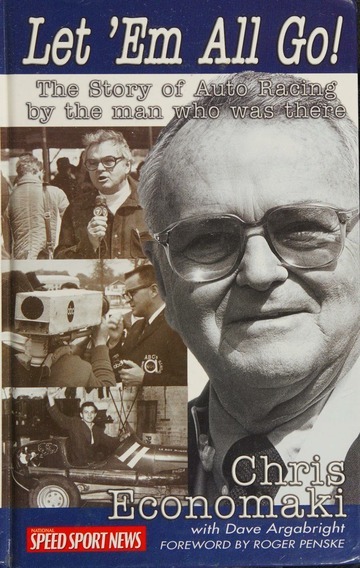
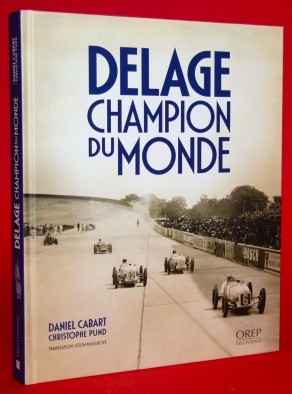

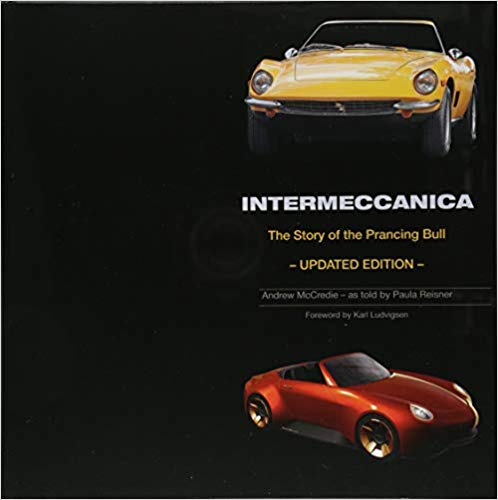

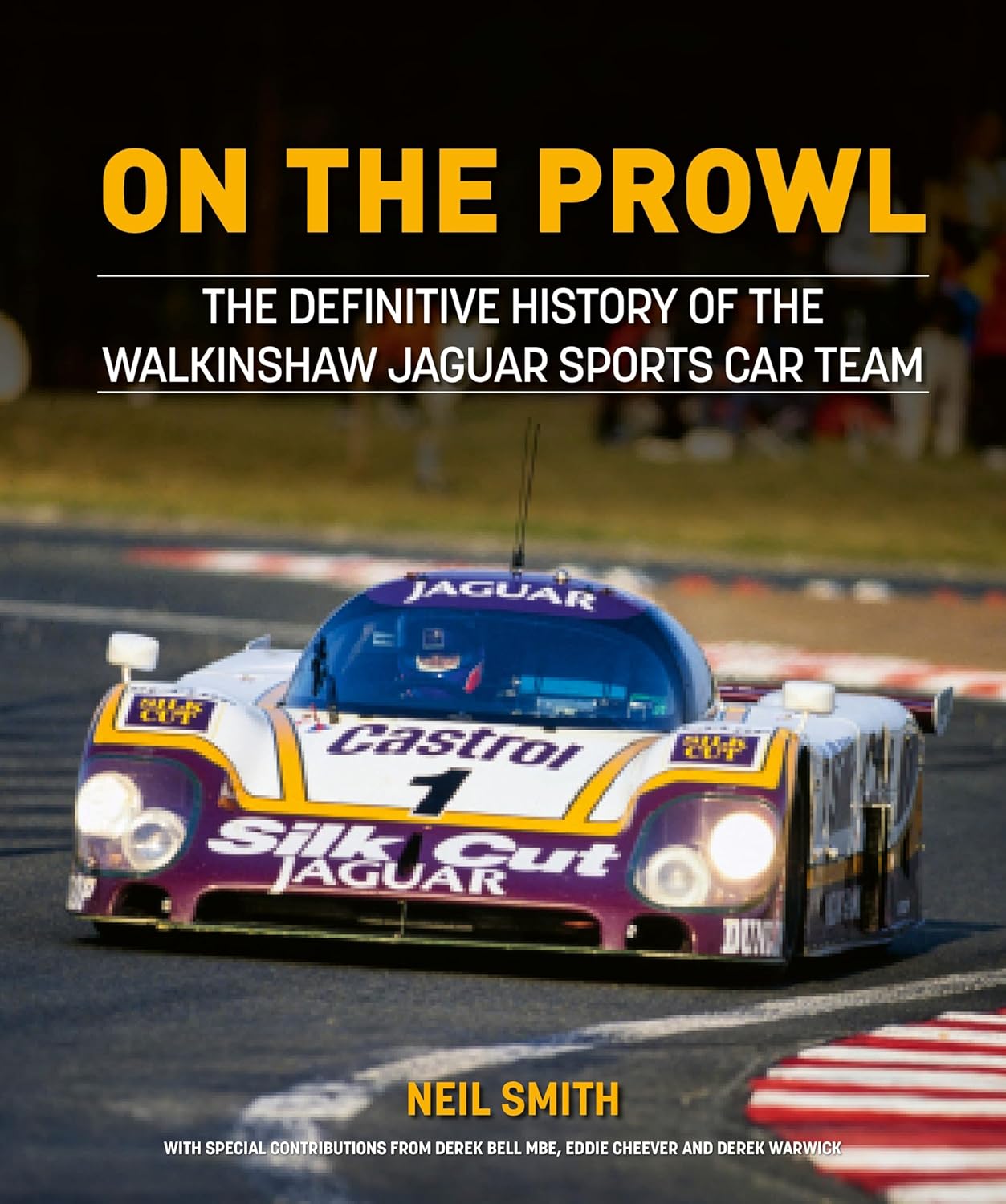



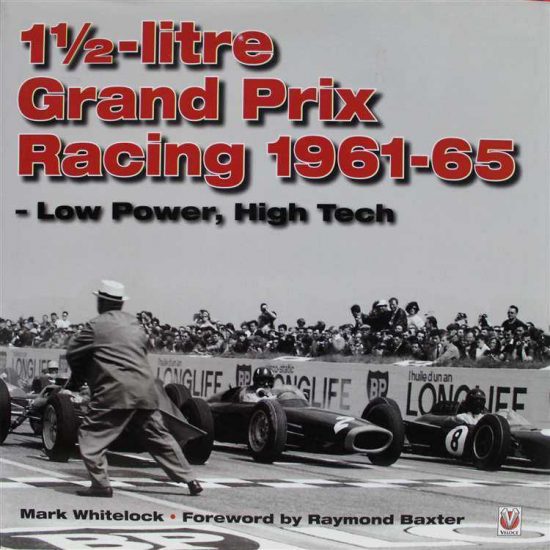

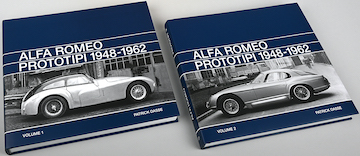





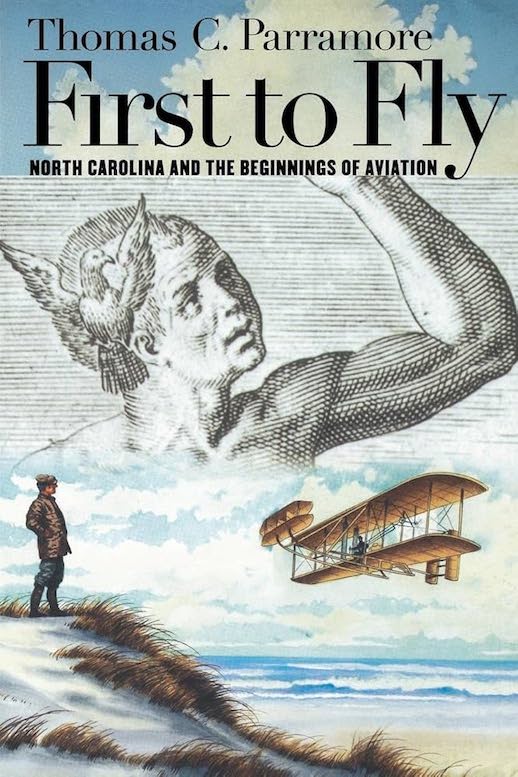




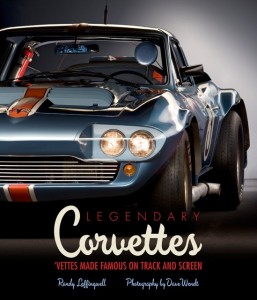
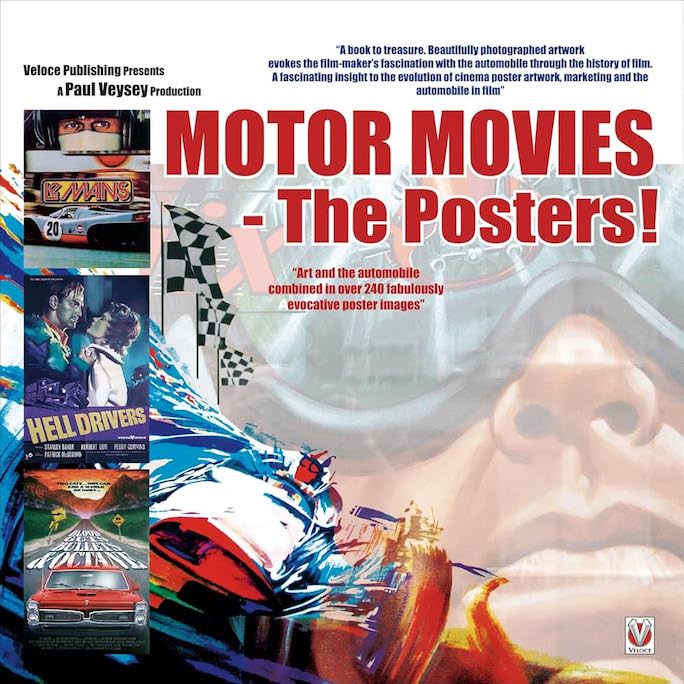
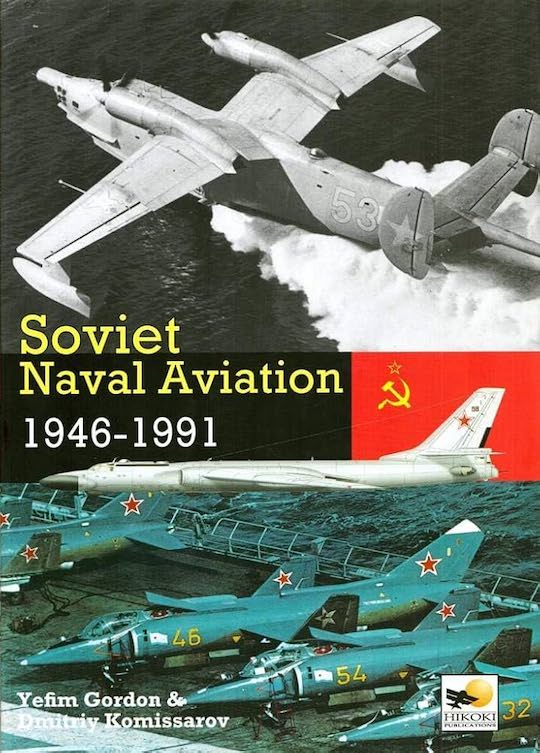










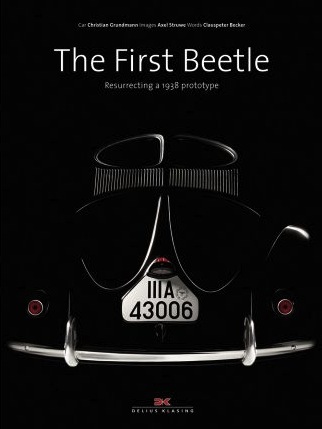




 Phone / Mail / Email
Phone / Mail / Email RSS Feed
RSS Feed Facebook
Facebook Twitter
Twitter